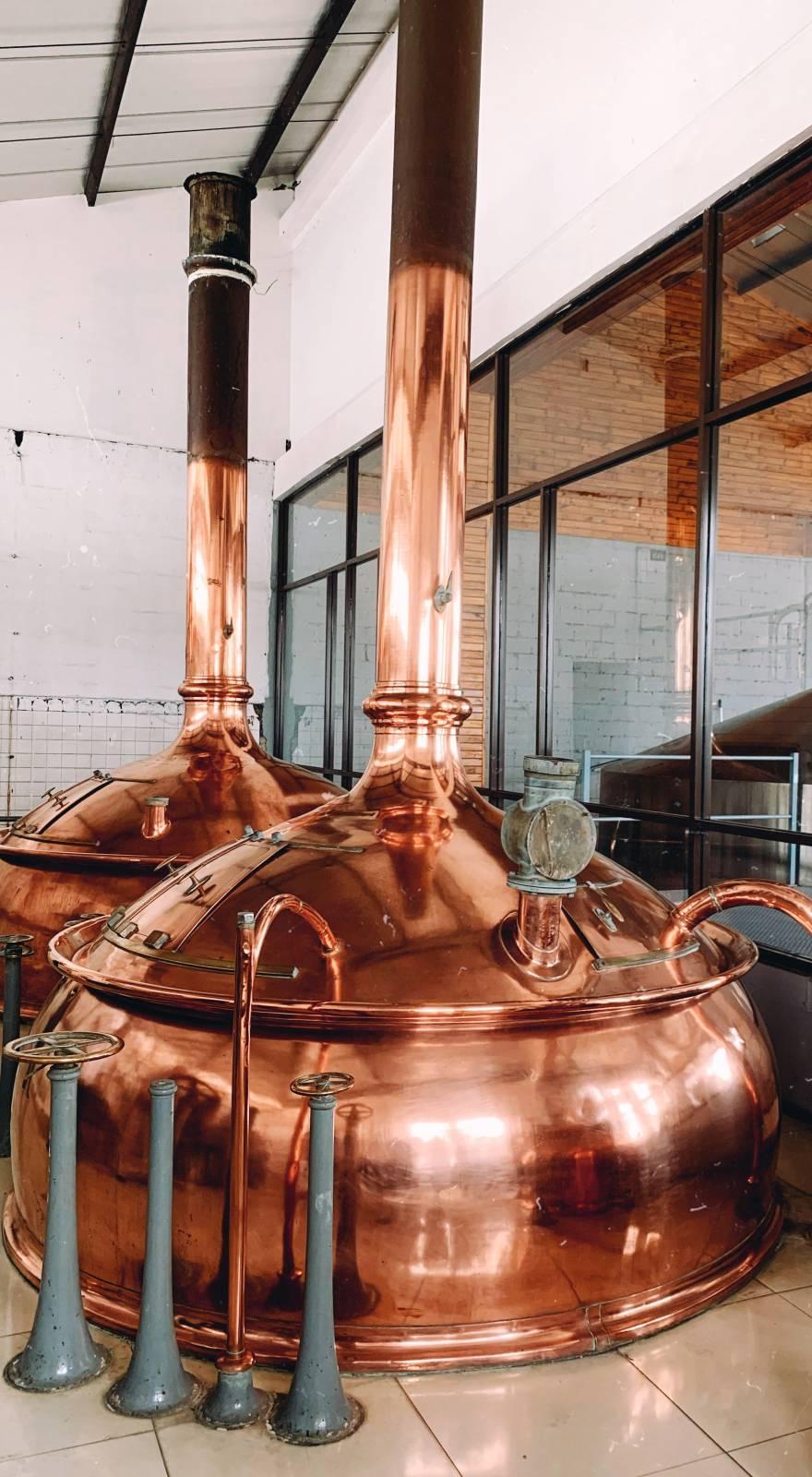Knowde Enhanced TDS
Identification & Functionality
- Chemical Family
- Chemical Name
- Base Chemicals Functions
- CAS No.
- 7772-99-8
- Molecular formula
- SnCl2
- EC No.
- 231-868-0
- Technologies
Applications & Uses
- Markets
- Applications
- Applicable Processes
- Tin(II)-Chloride in the Chemical Industry
There are numerous applications for tin dichloride in the chemical industry, whether as a raw material for the production of organotin compounds (derivatives of tin) or as a binder and catalyst in various processes, especially in the production of plastics.
Examples are thermoplastic vulcanizates, elastic plastics, that combine the cost-effective properties of thermoplastics with the elasticity of elastomers. In addition, the substance can be used as a crosslinking catalyst for the production of phenolic resins used in everyday products such as household appliances, adhesives and paints.
Tin(II)-chloride is proven to be a particularly effective catalyst for esterification reactions and can be filtered out of the final mixture. The dihydrate is used as a binder for polyester resins.
Both pure tin dichloride and powder mixtures are used as process additives in polymer processing.
- Other Uses
Tin(II)-chloride is used directly in many end applications. In electroplating, it is used to temper metals, such as electrolytic tin coating. The textile industry uses it for coloring different shades of blue, in the production of indigo for example and in the glass industry for surface treatments to make bottles and containers more resistant to wear, tear and breakage. Tin(IV)-chloride and other organotin chlorides however, are more common in the glass industry.
In chemical analysis, it can be used in various detection methods, for arsenic as an example and as a reducing agent for organic nitro, azo and diazo compounds.
Tin(II)-chloride is even used in food technology: as additive E512, it is an antioxidant, acidifier and stabilizer and prevents white asparagus from turning dark when canned.
Packaging & Availability
- Packaging Type
- Packaging
The transport and storage of tin(II)-chloride is possible in canisters.
Storage & Handling
- Storage
Sealed and in its original packaging it can be stored for at least 6 months without loss of quality.

